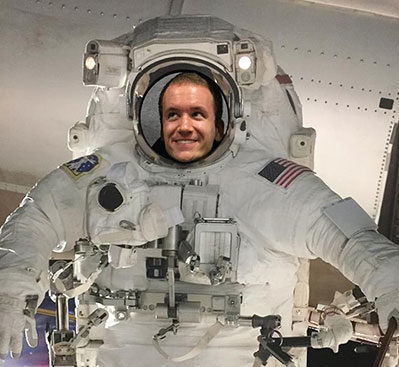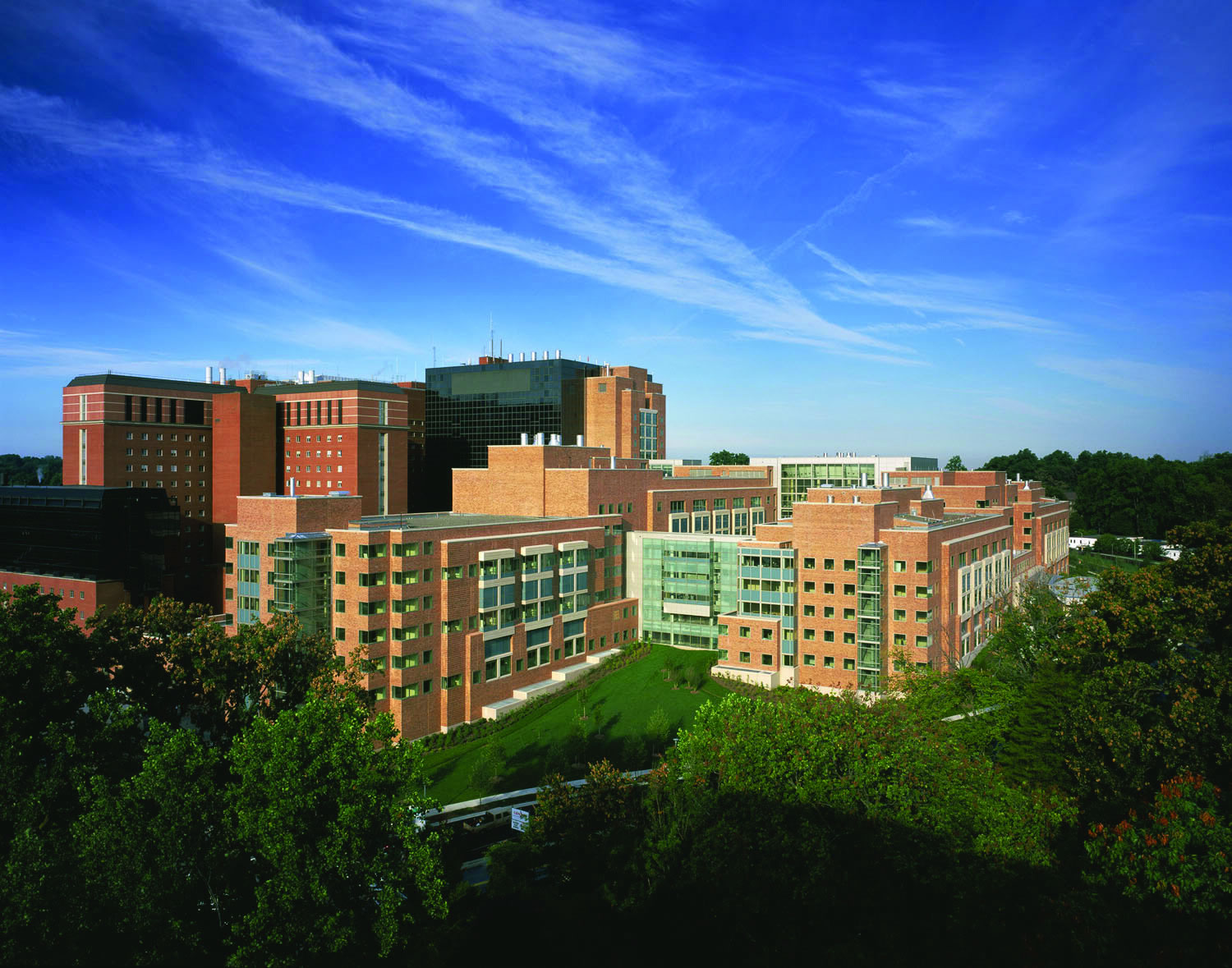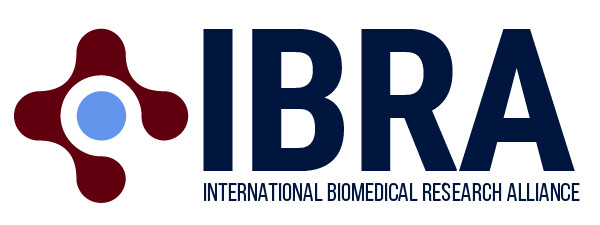
by biomed | Dec 12, 2017 | News
The Lasker Lessons in Leadership lecture series provides strategies for developing essential leadership skills to PhD and MD/PhD students, graduate students, and postdoctoral fellows. The series is a collaboration between the International Biomedical Research Alliance, the Albert and Mary Lasker Foundation and the NIH Oxford-Cambridge Scholars Program. Dr. Anne Schuchat, Principal Deputy Director, Centers for Disease Control and Prevention, was the keynote speaker for the Lasker Lessons in Leadership event held on November 30, 2017 Her talk entitled “Going Public: From the Bedside to the Big Picture”

by biomed | Jul 14, 2017 | News
Scholars in the NIH Oxford-Cambridge Scholars Program recently experienced a career development field trip to the Novartis Institutes for BioMedical Research (NIBR) located in Cambridge, Massachusetts. The trip to NIBR, sponsored by the Alliance and thoughtfully coordinated by Drs. Eric Svensson and Jang-Ho Cha of Novartis, spanned a full day at the newly constructed $600 million campus in Cambridge. The agenda included research presentations made by both NIH OxCam Scholars and Novartis scientists, a synopsis of the Novartis Malaria Program, neuroscience and physician scientist career path panels, an overview of the NIBR Post-Doc Program, and a walking tour of the Novartis facilities. Patricia Gruver, Senior Science & Innovation Officer at the British Consulate General in Boston, made a morning visit to greet and welcome the Scholars. NIBR’s dynamic president, Dr. Jay Bradner, addressed the Scholars during their visit. Scholar Career Development Field Trips are a newly created initiative aimed at exposing Scholars to a variety a career options as well as providing an opportunity for Scholars to conduct formal presentations on their research.

by biomed | Mar 16, 2017 | News
To infinity and beyond! It’s not such far out concept as Scholars learned on a recent career development field trip to NASA’s Goddard Space Flight Center in Greenbelt, Maryland. Established in 1959 and named for American rocketry pioneer Dr. Robert H. Goddard, it is home to the nation’s largest organization of scientists, engineers, and technologists who build spacecraft, instruments, and new technology to study Earth, the sun, our solar system, and the universe. Goddard is home to Hubble operations and the upcoming James Webb Space Telescope. Goddard manages communications between mission control and orbiting astronauts aboard the International Space Station. Goddard scientists stare into the sun, grind up meteorites for signs of life’s building blocks, consider the farthest reaches of space, and untangle the mysteries of our changing world.
The Goddard visit was focused on astrobiology (one of the many topics of science that NASA researches). Astrobiology is the study of the origins and evolution of life in the universe and on Earth. Astrobiology addresses whether life exists outside Earth and how we can detect signs of life in other areas of the universe. This field employs many of the scientific techniques that traditional biologists (like those at the NIH) use to understand the chemistry and evolution of life, but it also employs techniques developed to study the universe such as those used in astronomy, astrophysics, and aerospace engineering. For example, one of the NASA missions presented to the Scholars during their visit was OSIRIS-Rex, which involved using a satellite to intercept an asteroid and return a sample to Earth. Scientists believe that some of the precursor molecules important to life on Earth may have had origins in space. The researchers at NASA Goddard wanted to sample compounds from the asteroid to see if such molecules could be found on it.
Scholar Lindsey Rosen shared that astrobiology is more physics and analytical chemistry than it is biology: “Their aim is to study specimens retrieved from meteorites and asteroids for organic and inorganic compounds, thus determining if such environments are suitable for life (single-celled organisms and such). We also heard from folks who design instruments that are sent to Mars or used for meteorite/asteroid specimen collection. Such instruments are the result of international collaborations where many different institutions around the world contribute various devices.”
For many of the Scholars, space exploration has been an inspiring area of science from the time they were children. The fundamental questions that NASA seeks to answer are important to all of us: How did the universe form? Are there other life forms out there? Additionally, the advanced and diverse technology that NASA uses in its research is exciting and fascinating.
Scholar Keval Patel noted that “personally, space exploration was one of the main reasons for my pursuit of an engineering and science education. My lifelong dream is to travel to space and perform science that pushes the limits of human space exploration.”

by biomed | Jan 4, 2017 | News

Cover of Trends in Immunology December issue.
Soucy, Katie et al. publish an article about the NIH-Oxford-Cambridge Scholars program in the December issue of Trends in Immunology (Volume 37 , Issue 12 , 813 – 815). Click here to read the full article.





